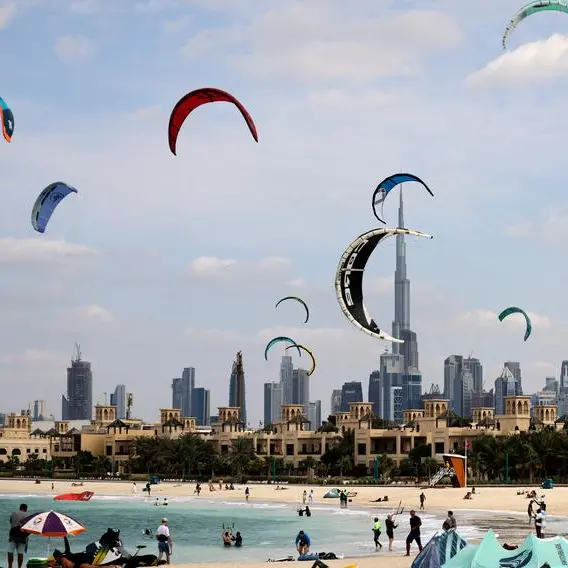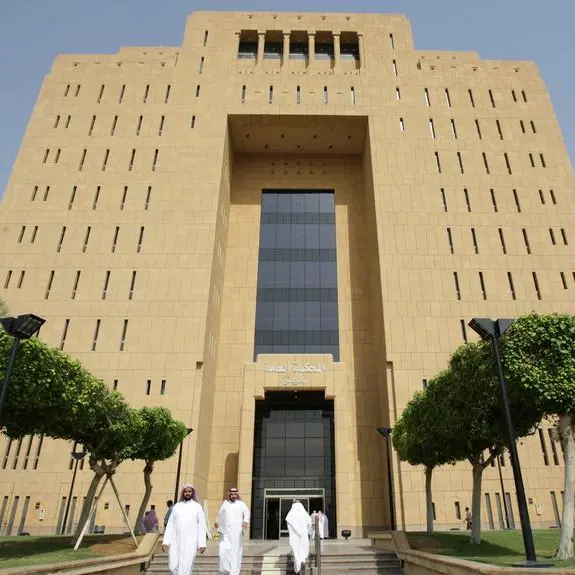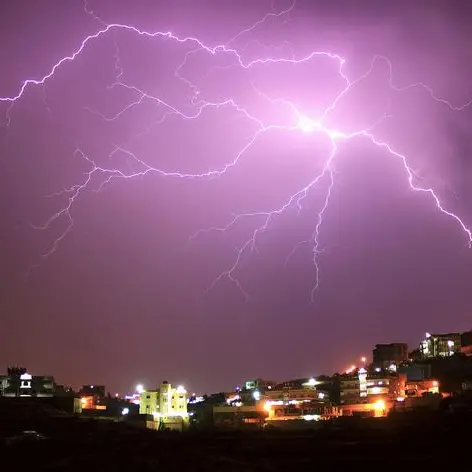Muscat: More than 100 animals were released in wildlife reserve in Al Wusta governorate, the Environmental Conservation Office said on Wednesday. The programme included the return of a group of animals belonging to the antelope species (Arabian oryx, Arabian gazelle, Reem gazelle).
The programme aims to return species of animals back to their environment so that they are safe in their natural Omani habitats after having cared for them with a number of endangered animals in the breeding centre. The breeding centre has 2,500 animals of 12 species.
According to the Diwan of Royal Court, “These animals will be tracked and followed via satellite and radio devices to understand their behaviours and the ecosystem in their natural wild environment, which will contribute to the conservation of biodiversity in a scientifically studied manner.”
The inauguration ceremony restoring the animals have been attended by Hussain bin Ali bin Abd Al-Latif, Counsellor and Commissioner of Secretary-General of the Diwan of Royal Court, in the presence of His Excellency the Governor of Al Wusta, members of the State and Shura Councils in the governorate and other officials.
“Also, raising awareness and environmental education among citizens, residents and visitors has a prominent role in creating principles of environmental balance, and preserving the natural and historical heritage of the region in particular and Oman in general. In addition to the presence of a group of these creatures that are still free roaming the protected lands with a safe haven and it is being followed up on an ongoing basis.” Al Salami added.
“We do not forget to support of private institutions, especially the Oman Petroleum Development Company that contributed to the financing of tracking devices for wild animals and the project to construct a water desalination plant, and the Oman Telecommunications Company (Omantel) for their support in providing awareness about environmental aspects of the reserve.” Al Rawahi explained.
The wildlife reserve is the first ever reserve in the Sultanate established in 1994, after the extinction of the oryx from the wild in the sixties, to return them to their natural habitat. The reserve currently has an area of 2824.3 square kilometres.
The office aims to establish this reserve to conserve natural diversity and rare wildlife and highlight the exceptional scientific and aesthetic values ??of geological and terrestrial formations in the region.
The office also works to develop eco-tourism in the reserve through the implementation of various projects. Thanks to the great efforts made by the centre's organisers, the number of oryx in the reserve increased.






















